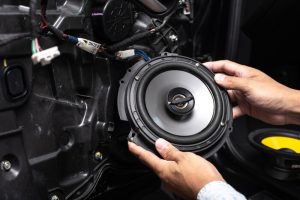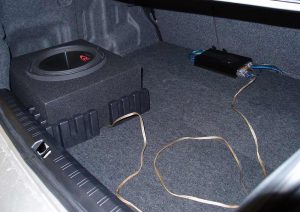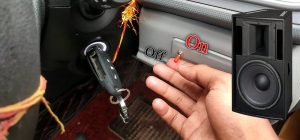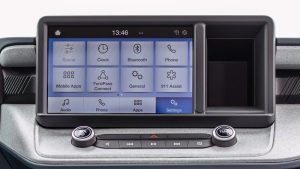Car audio enthusiasts, buckle up! We’re about to embark on an exciting journey into the world of car stereo systems, exploring a topic that has sparked the curiosity of many: bridging a head unit. In this article, we’ll delve deep into the concept, discuss its benefits and potential challenges, and share both real-life experiences and expert opinions. Our goal is to equip you with the knowledge needed to decide whether bridging is the right choice to elevate your car audio experience.
Contents
Understanding Head Unit Bridging
Bridging a head unit is not merely a technical process; it’s a way to amplify your in-car audio. This involves combining two amplifier channels to power a single speaker, resulting in a more robust and powerful sound. However, the key lies in understanding whether your head unit is compatible with bridging and how this feature can enhance your overall audio quality.
Factors to Consider Before Bridging
Before taking the leap into bridging, consider a few essential factors. Check your head unit’s compatibility with bridging, assess its power handling capabilities, and understand the implications for speaker impedance. This careful consideration ensures a seamless integration into your existing car audio system without compromising performance.
Steps to Bridge a Head Unit
If you’ve decided to explore head unit bridging, here’s a step-by-step guide to help you navigate the process. Begin by researching your head unit model, gathering the necessary tools and accessories, and follow a systematic approach to bridge the unit. Precision is crucial to unlocking the full potential of your car stereo, and this guide ensures you’re on the right track.
Benefits of Bridging a Head Unit
Why go through the trouble of bridging your head unit? The benefits are worth the effort. Experience a significant boost in audio quality, improved power efficiency, and maximize the performance of your speakers. Bridging isn’t just about technical enhancements; it’s about creating a more immersive and enjoyable in-car entertainment experience.
Potential Challenges and Risks
While the rewards are enticing, it’s essential to acknowledge potential challenges and risks associated with head unit bridging. Consider the impact on your warranty, the possibility of damaging the head unit or speakers, and the importance of professional installation. Being aware of these factors allows you to make an informed decision tailored to your specific situation.
Real-Life Experiences
Now, let’s step into the shoes of a fellow car audio enthusiast who decided to bridge their head unit. Personal accounts often provide valuable insights and tips. In this section, we’ll share positive outcomes, improved audio quality, and lessons learned from the experience. A firsthand perspective can guide you on your own audio journey and help you avoid common pitfalls.
Expert Opinions
To add a touch of expertise to the discussion, we’ve gathered insights from car audio professionals. What do they have to say about head unit bridging? Are there specific considerations for DIY enthusiasts? Expert opinions provide additional guidance, ensuring you navigate the decision-making process with confidence.
Frequently Asked Questions
To address lingering queries, we’ve compiled a list of frequently asked questions about head unit bridging. Find expert answers and guidance to common concerns, ensuring that you’re well-informed before making any decisions. This section aims to clarify any uncertainties you may have about this intriguing audio enhancement technique.
Conclusion
In concluding our exploration of head unit bridging, let’s recap the key points. We’ve covered the basics, discussed benefits and risks, shared real-life experiences, and sought expert opinions. Now armed with knowledge, you’re ready to unlock the full potential of your car stereo. Whether you’re a seasoned audio enthusiast or a curious beginner, head unit bridging might just be the key to transforming your in-car audio experience. Happy listening!






